How AI is Changing the Game And What Teachers Can Do About It
Introduction:
Plagiarism has long been a concern for teachers and educational institutions. However, with the advent of artificial intelligence (AI), students are now finding new ways to cheat on their assignments. AI-generated essays are becoming increasingly popular, making it even more challenging for educators to identify and combat plagiarism. In this listicle, we will explore the plagiarism problem, how AI is revolutionizing it, and what teachers can do to tackle this issue.
Understanding AI-Generated Essays:
AI-generated essays are written by advanced language models, which have the ability to produce coherent and relevant content on any given topic. With just a few clicks, students can use these AI services to create a well-structured essay that appears to be written by a human.
How AI is Changing the Plagiarism Game:
Traditional methods of detecting plagiarism rely on comparing text to other sources to find similarities. However, AI-generated essays can bypass these detection tools by creating unique content that does not directly copy from other sources. This makes it much more difficult for teachers to identify when an essay is the result of AI assistance.
Use Updated Plagiarism Detection Tools:
To combat AI-generated essays, educators must utilize updated plagiarism detection tools that are specifically designed to identify AI-created content. These tools use advanced algorithms to analyze linguistic patterns, sentence structure, and other aspects of the text that might indicate AI involvement.
Educate Students About the Consequences of Plagiarism:
One of the most effective ways to prevent plagiarism is by educating students about its consequences. Teachers should openly discuss the issue, emphasize the importance of academic integrity, and explain the potential repercussions of cheating, including academic penalties and long-term damage to their reputation.
Foster a Culture of Originality:
Encourage students to value original work and critical thinking. Develop a classroom environment that rewards creativity and emphasizes the importance of unique ideas. Assign projects that require students to explore their own perspectives and demonstrate their understanding of the subject matter.
Utilize Open-Ended Questions and Personalized Assignments:
AI-generated essays are less effective at answering open-ended questions or addressing personalized assignments. By incorporating these types of tasks into your curriculum, you can challenge students to engage more deeply with the material and produce their own original work.
Encourage Peer Review and Collaboration:
A strong sense of community and collaboration can deter students from cheating. By incorporating peer review and group projects into the classroom, students can learn from one another and feel more accountable for their work. This helps to promote academic honesty and discourage plagiarism.
Conclusion:
AI-generated essays have complicated the plagiarism problem, but teachers are not powerless against this growing issue. By updating detection tools, fostering a culture of originality, and using creative teaching methods, educators can effectively combat plagiarism and ensure that students are producing their own, unique work.
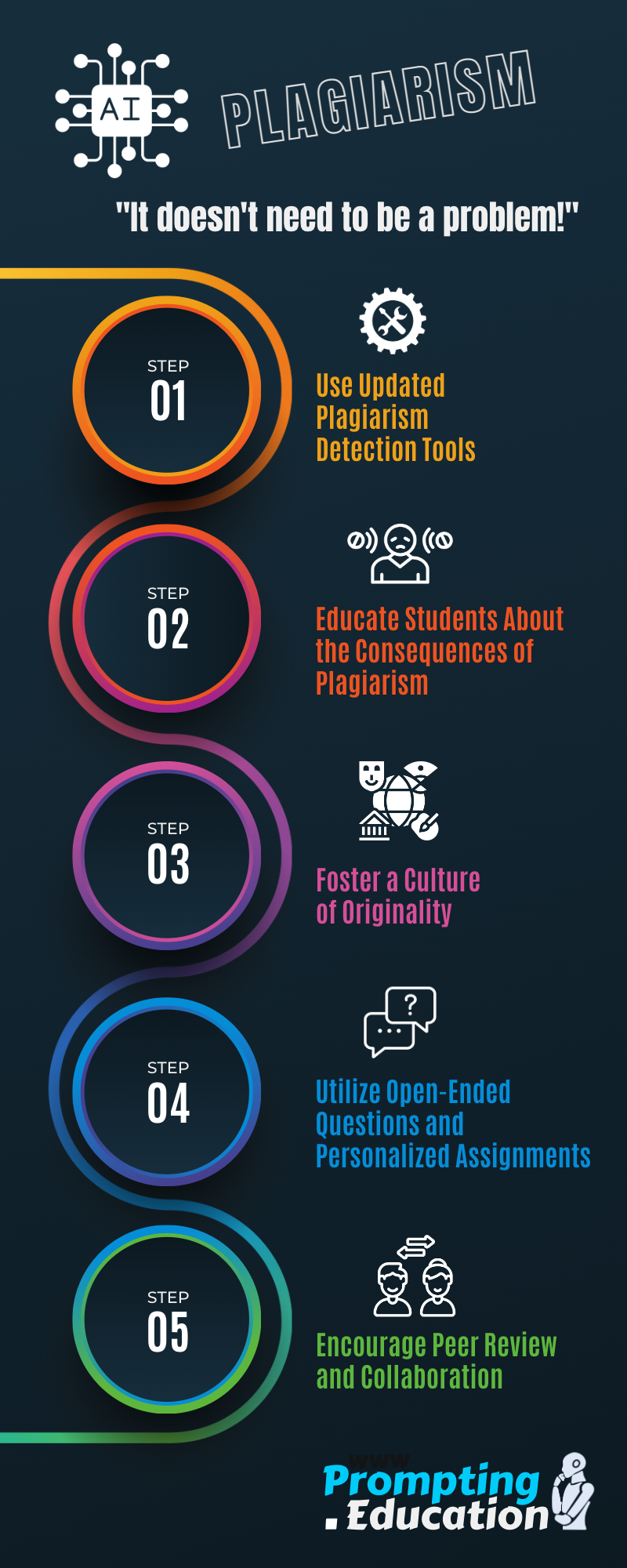

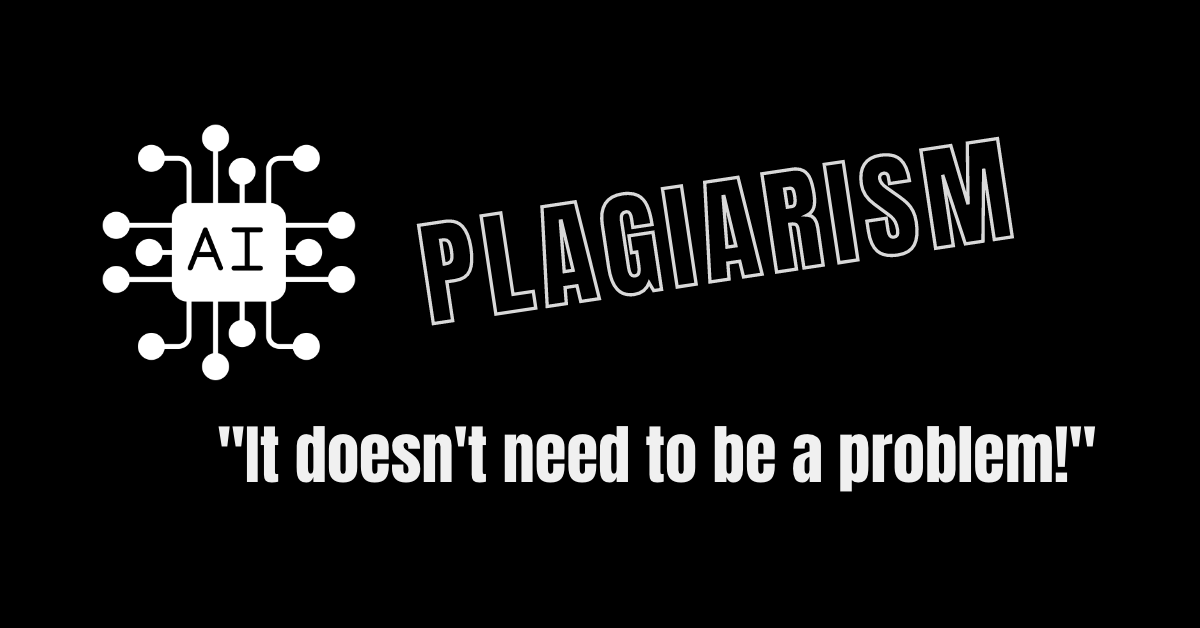

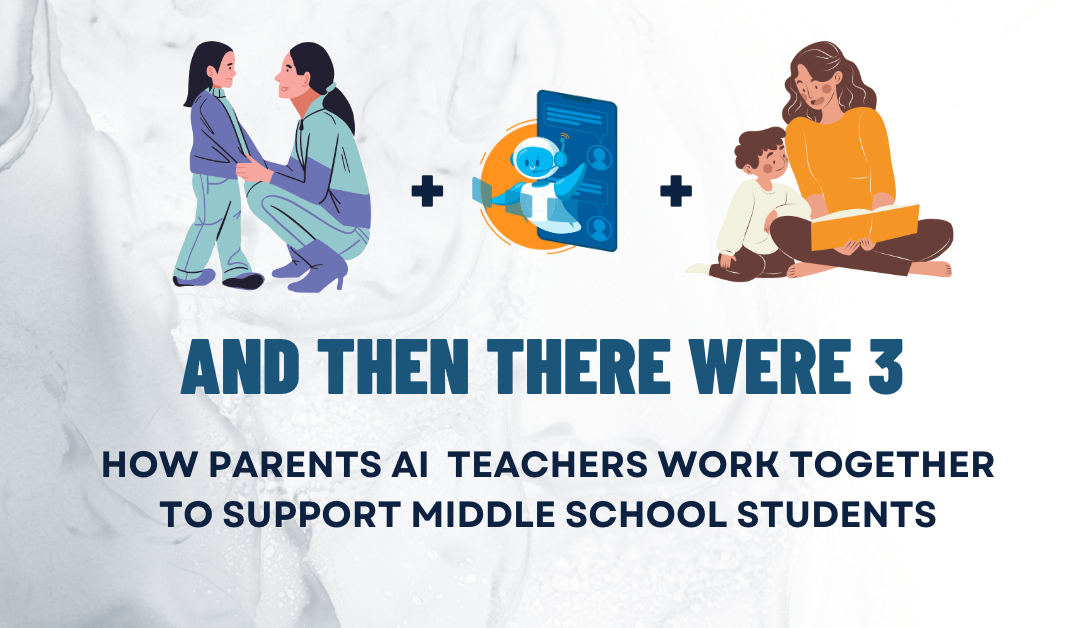
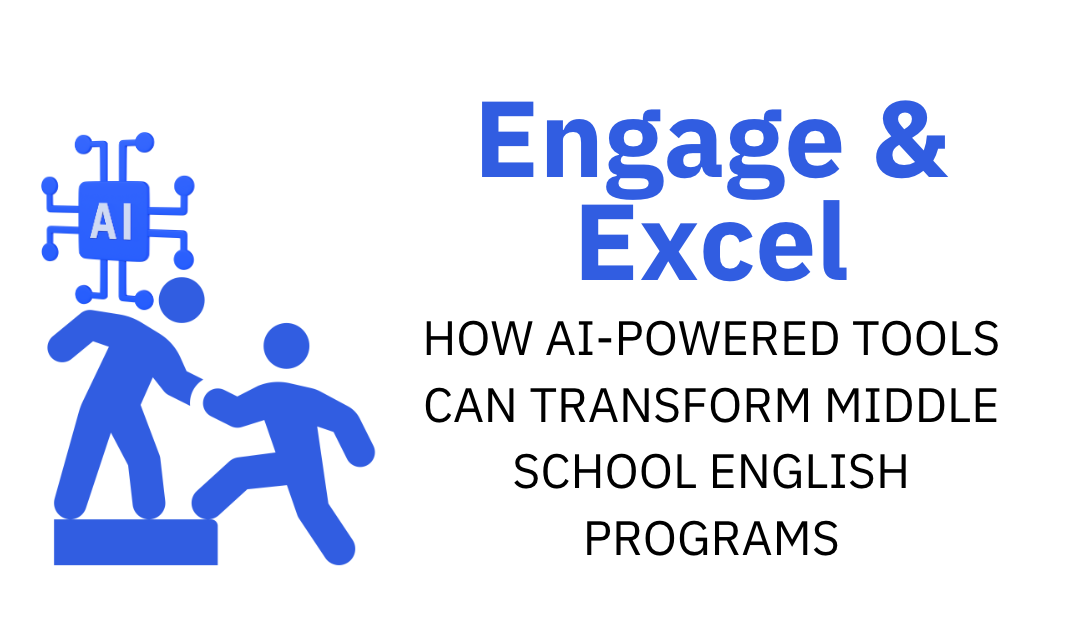
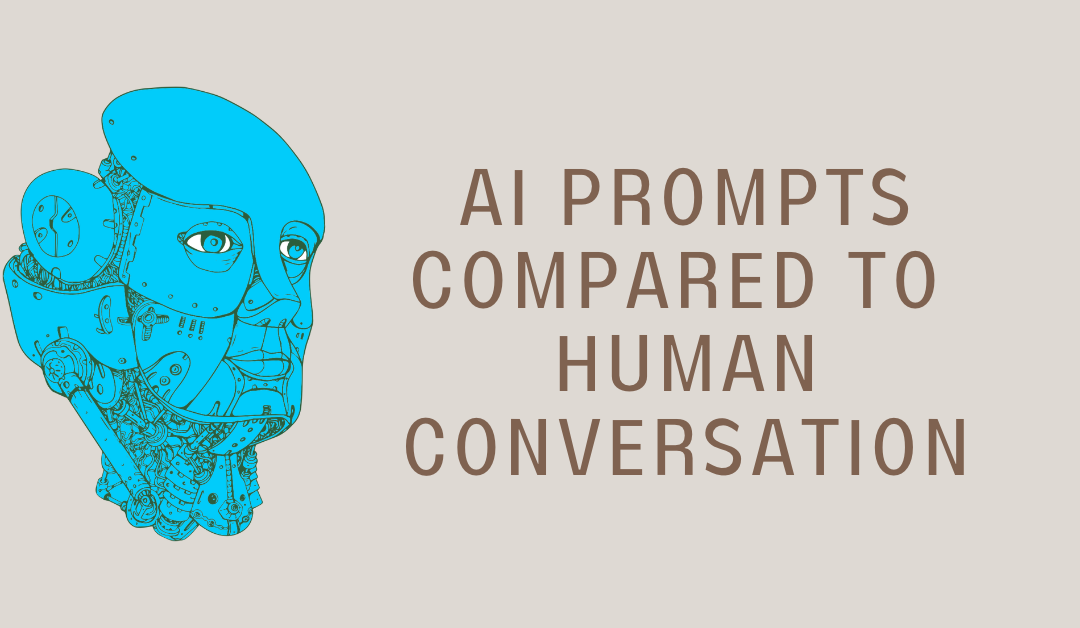
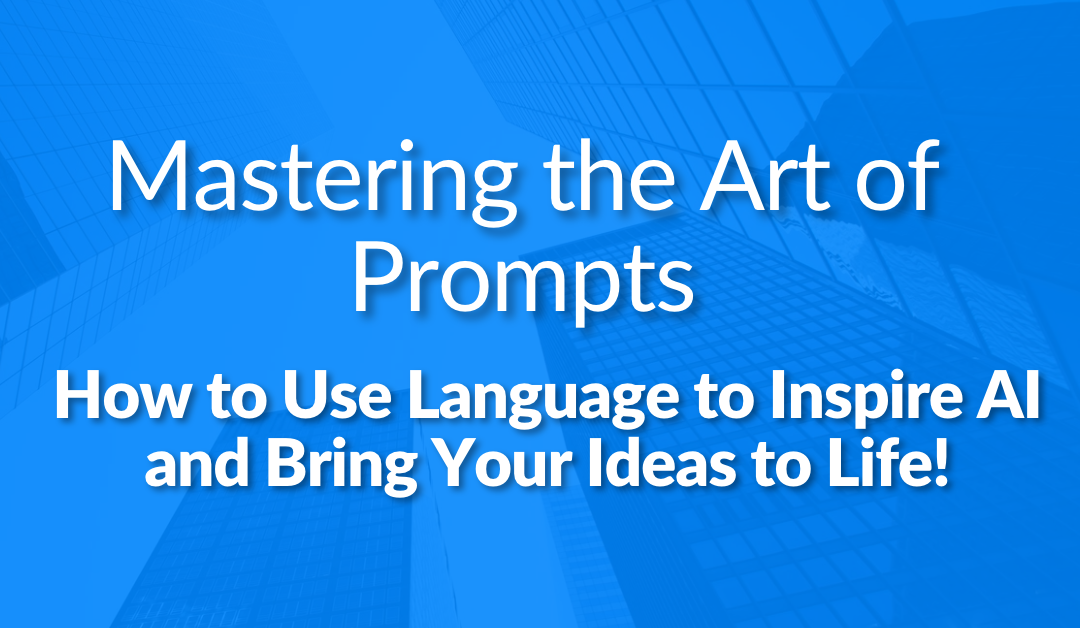
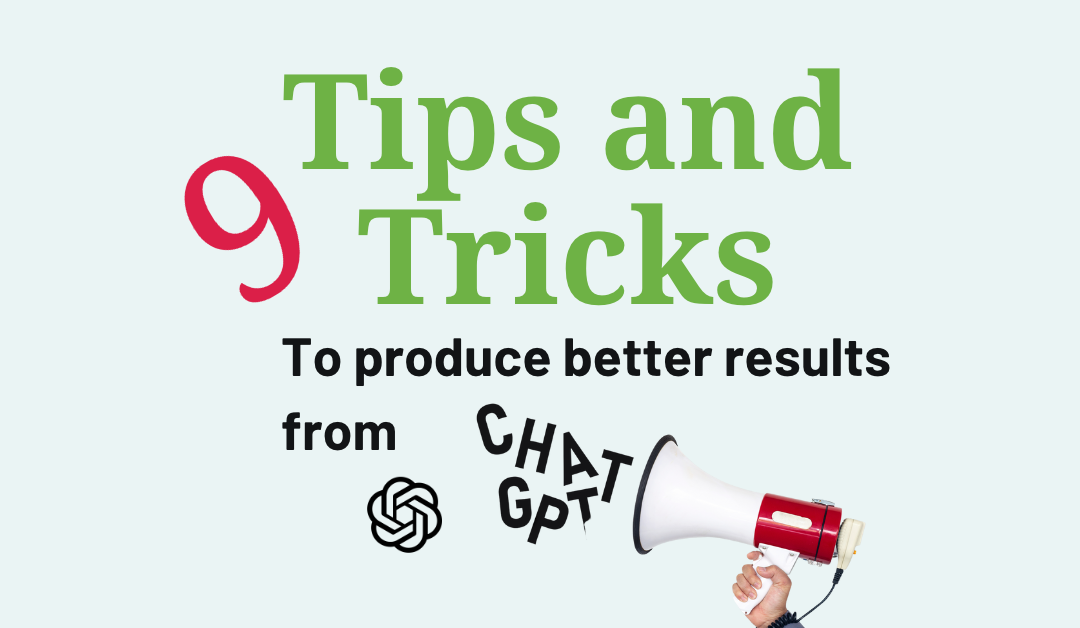

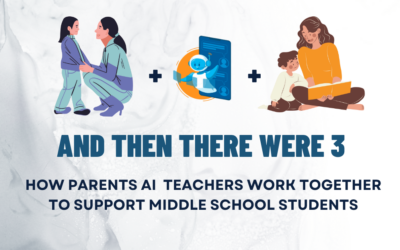
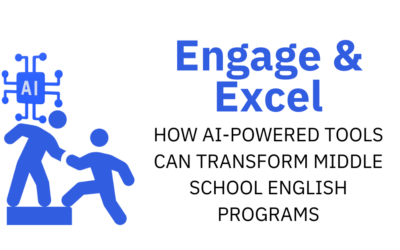
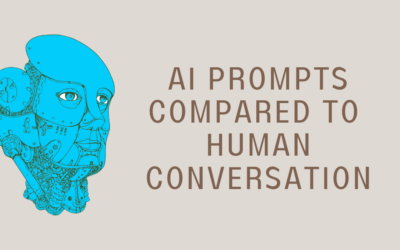
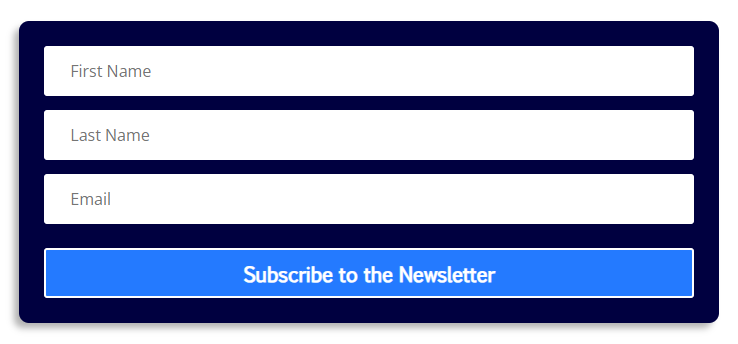
0 Comments